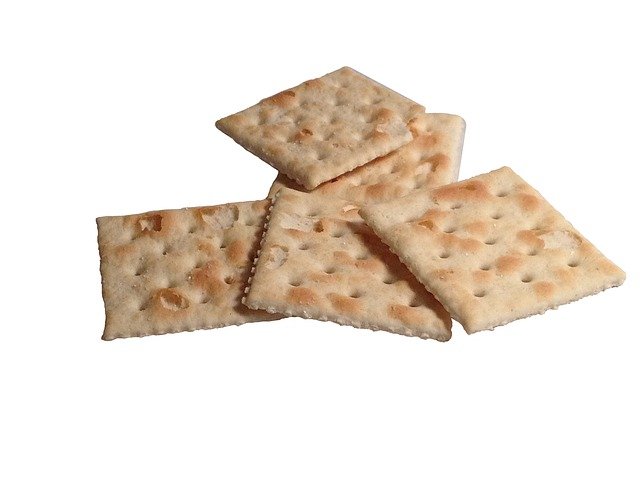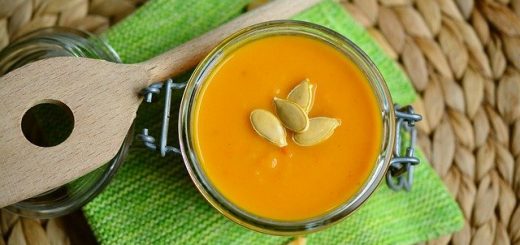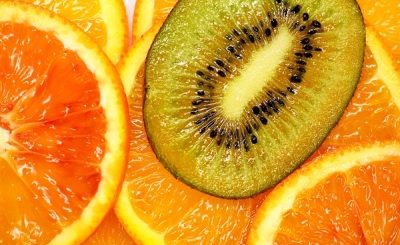Saltine Crackers Nutrition: Benefits and Drawbacks

Saltine crackers have been a staple in households for years, often enjoyed as a quick snack or paired with a hearty bowl of soup. But do you know what exactly you’re getting when you reach for that familiar red box? In this article, we’ll delve into the nutrition of saltine crackers, exploring their benefits and drawbacks, so you can make an informed choice about including them in your diet.
Saltine Crackers Nutrition Breakdown:
Let’s start by breaking down the nutritional content of saltine crackers. Here’s what you can expect to find in a serving size of about 5 crackers (roughly 16 grams):
- Calories: Approximately 70 calories
- Fat: About 1 gram
- Carbohydrates: Around 12 grams
- Protein: A modest 2 grams
- Sodium: Roughly 150 milligrams
The Benefits of Saltine Crackers:
Saltine crackers can offer some benefits to your diet:
- Low in Fat: With only 1 gram of fat per serving, saltine crackers can be a good choice for those watching their fat intake or aiming to maintain a healthy weight.
- Low in Calories: At around 70 calories per serving, saltine crackers can be a satisfying snack option without adding excessive calories to your daily intake.
- Source of Carbohydrates: Saltine crackers are primarily made from refined grains, providing a quick source of easily digestible carbohydrates. This can be beneficial for athletes or individuals needing to boost their energy levels.
- Versatile: Saltine crackers can be enjoyed both on their own or paired with various toppings, such as peanut butter, cheese, or tuna salad, making them a versatile option for snacks or light meals.
Drawbacks of Saltine Crackers:
While saltine crackers have their merits, it’s important to be aware of their drawbacks:
- Lack of Fiber: Saltine crackers are made from refined grains and typically lack significant fiber content. Fiber plays a crucial role in digestion and may help regulate blood sugar levels and promote heart health. Therefore, relying solely on saltine crackers for your grain intake may leave you lacking in essential fiber.
- High in Sodium: One of the primary concerns with saltine crackers is their high sodium content. With approximately 150 milligrams per serving, these crackers can contribute to your daily sodium intake. Excessive sodium consumption has been linked to an increased risk of high blood pressure and other cardiovascular issues, so moderation is key.
- Limited Nutrient Profile: While saltine crackers provide carbohydrates and a small amount of protein, they don’t offer a wide range of essential nutrients. If you rely heavily on saltine crackers as a snack or meal component, it’s important to incorporate other nutrient-rich foods into your diet to maintain overall health.
Incorporating Saltine Crackers into a Balanced Diet:
Now that we’ve examined the pros and cons of saltine crackers, let’s discuss how to incorporate them into a well-rounded diet:
- Portion Control: Be mindful of serving sizes and enjoy saltine crackers in moderation, especially if you’re watching your sodium intake or trying to manage your weight.
- Pair with Nutrient-Dense Foods: Instead of relying solely on saltine crackers as a snack, consider pairing them with nutrient-dense foods. For example, enjoy saltine crackers with a side of fresh vegetables or a protein source like lean turkey or tofu.
- Explore Whole Grain Alternatives: If you’re concerned about the lack of fiber in saltine crackers, consider trying whole grain alternatives like whole wheat or multigrain crackers. These options tend to be higher in fiber and offer a broader nutritional profile.
Final Thoughts:
Saltine crackers can be a convenient and satisfying snack option, but it’s important to consider their nutritional value when incorporating them into your diet. While they provide a quick source of carbohydrates and are low in calories and fat, they lack significant fiber and may contain excessive sodium. By enjoying saltine crackers in moderation and balancing them with nutrient-dense foods, you can make the most of their benefits while ensuring overall dietary balance and health.










